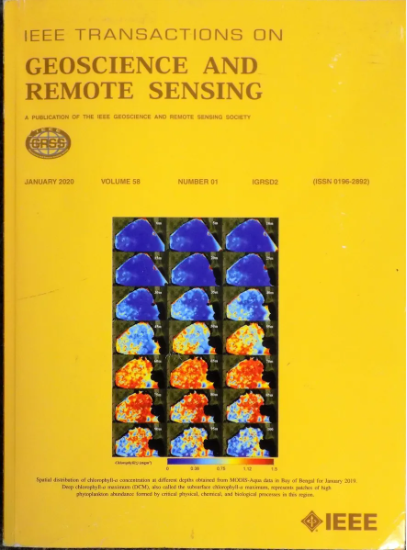A Multivehicle Tracking Method for Video-SAR With Reliable Foreground–Background Motion Feature Compensation
IF 7.5
1区 地球科学
Q1 ENGINEERING, ELECTRICAL & ELECTRONIC
IEEE Transactions on Geoscience and Remote Sensing
Pub Date : 2025-03-17
DOI:10.1109/TGRS.2025.3551692
引用次数: 0
Abstract
Most of the existing video synthetic aperture radar (ViSAR) vehicle multitarget tracking (MTT) methods only perform interframe association based on the idea of appearance modeling, and are not closely integrated with the ViSAR moving target imaging characteristics, resulting in limited accuracy improvement of existing MTT methods. ViSAR moving targets have the characteristics of individual similarity, time-varying appearance, and background pseudo-motion, which have a great impact on tracking performance. In this regard, we propose a multivehicle tracking method for ViSAR with reliable foreground-background motion feature compensation (RFBMFC). Specifically, in order to improve the distinguishability of individual features, the spatial-temporal semantic sparse alignment (STSSA) module with intraframe and interframe context key information aggregation and interaction is constructed in the feature extraction stage, which can generate more accurate dense optical flow to enhance the detection and association of foreground targets. In order to improve the tracking continuity of foreground targets with time-varying appearance, the shadow-observation-state mining (SOSM) module is designed in the interframe association stage, which can cluster targets under different appearance states and adaptively restore lost target trajectories. In addition, the background motion fast compensation (BMFC) module is designed, which can learn background motion estimation and correct the trajectory prediction error of foreground targets in an end-to-end self-supervised manner to improve the MTT accuracy under camera motion. Tests on datasets captured by Sandia National Laboratories (SNL) and Beijing Institute of Radio Measurement (BIRM) show that RFBMFC outperforms many representative MTT methods. Compared with the suboptimal method, RFBMFC improves the multiobject tracking accuracy (MOTA) by 1.10% on the SNL data, and by 5.00% on the BIRM data, verifying the effectiveness of RFBMFC.求助全文
约1分钟内获得全文
求助全文
来源期刊

IEEE Transactions on Geoscience and Remote Sensing
工程技术-地球化学与地球物理
CiteScore
11.50
自引率
28.00%
发文量
1912
审稿时长
4.0 months
期刊介绍:
IEEE Transactions on Geoscience and Remote Sensing (TGRS) is a monthly publication that focuses on the theory, concepts, and techniques of science and engineering as applied to sensing the land, oceans, atmosphere, and space; and the processing, interpretation, and dissemination of this information.
 求助内容:
求助内容: 应助结果提醒方式:
应助结果提醒方式:


